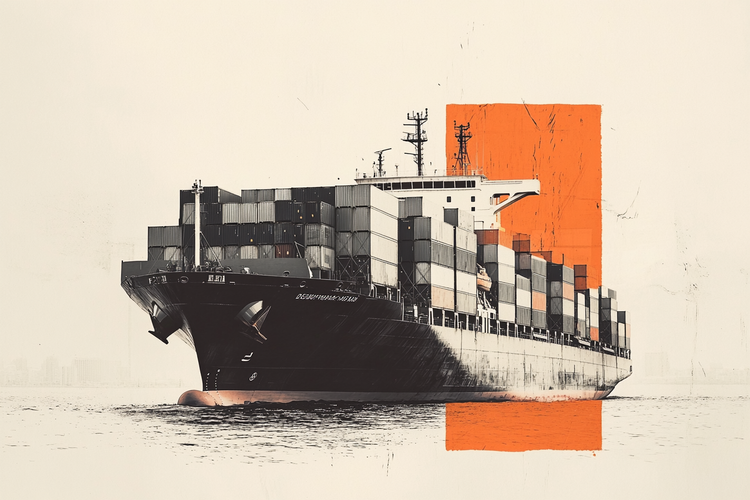India may have to deal with the challenge of living in an environment of a stronger currency, necessitating the private sector to become competitive based on domestic productivity improvement, chief economic adviser Anantha Nageswaran told industry captains at a CII event here.
For this, deregulation also has to make a big contribution as it becomes more important than before, he said.
Speaking at the CII Annual Business Summit 2025, Nageswaran said that the International Monetary Fund has forecast the GDP of India to rise to $6.8 trillion by 2030-31, and their implicit forecast (they don’t make an explicit forecast) is for a 0.5% to 0.8% annual rupee depreciation.
“I would say for the private sector people assembled here, do not expect that the Indian rupee will necessarily be weakening, as it did in the last 30 years,” he said citing international trends.
Experts have referred to the rise of India’s fortune after the rupee was devalued in 1991, with India currently following a policy of allowing the rupee to depreciate in the long run while managing in the short run to curb volatility. A weaker rupee helps exports become more competitive globally.
In an effort to stabilise the currency and curb undue volatility, the Reserve Bank of India sold a record $34.5 billion on a net basis in FY25. The rupee eventually depreciated by 2.4% during the financial year.
Nageswaran asked industry to ramp up capital expenditure and raise workers’ compensation in line with profitability growth to achieve over 6.5% economic growth and become a developed nation by 2047.
Highlighting the importance of a virtuous cycle of investment, he said that the increased investment would not only enhance capacity but also create more jobs at greater remuneration, leading to higher household savings.
“We are facing this challenge that the growth in profitability has not only exceeded the growth in capital formation, but the growth in profitability has also trailed the growth in compensation, which includes hiring as well, and that is something that we can ill afford for the next 25 or 30 years,” he said.
This kind of challenge is generally faced by developed countries and not developing countries like India, he said.
The other key area, which the private sector should focus on, is the balanced deployment of capital and labour, he said, adding that India would require a lot of investment in creating capacities, including in infrastructure space, over the next 25 years.
Meeting India’s capital needs would require steady growth in household incomes and savings and this can be possible when their income rises, he noted.
Nageswaran also highlighted the importance of reducing the regulatory burden for better productivity of capital, but for this, trust has to be developed between the government and the private sector.
“In fact, a significant share of regulatory overreach is sometimes due to the non-reciprocity of trust on the part of the private sector. Therefore, from our perspective, the ‘what’ of deregulation is clear, but ‘how’ becomes more challenging, because sometimes deregulation leads to unintended consequences of abuse as well,” he said.
For achieving the goals of Viksit Bharat, he said, there is a need for a collaborative approach based on trust.







